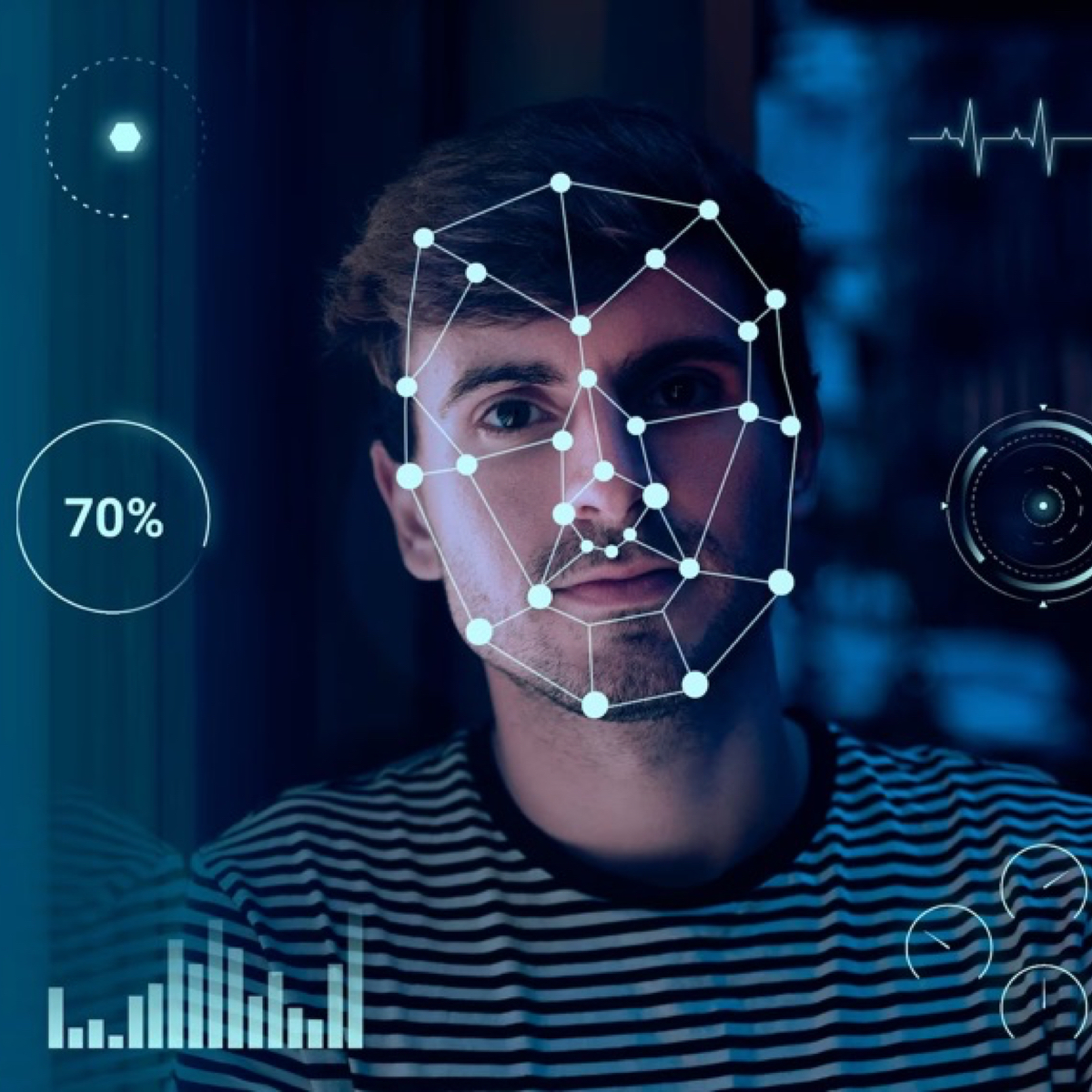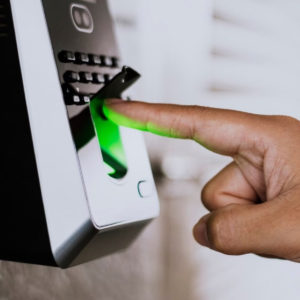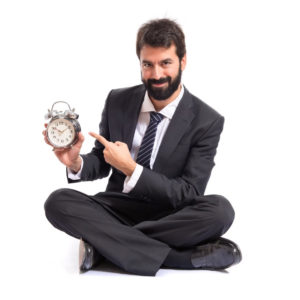
26 Jul Facial recognition time clock – The Good and the Bad!
What is a facial recognition time clock?
A facial recognition time clock is a type of employee time tracking system that uses facial recognition technology to identify employees. This technology allows for a contactless, hygienic and secure method of verifying an individual’s identity.
When an employee arrives at work, they simply look into the facial recognition time clock’s camera. The device then uses advanced algorithms to compare the live image with the stored template in the database for that particular employee. If the system identifies a match, it records the employee’s clock-in time. The same process is used for clocking out at the end of the workday.
These systems help to prevent “buddy punching,” where one employee clocks in or out for another, which can be a common issue with traditional time clocks or PIN/password-based systems. They can also save administrative time in processing attendance records, and are often part of a broader workforce management system that integrates with payroll and human resources systems.
However, they can also raise privacy and security concerns, as they involve the collection and storage of biometric data. Therefore, it’s important for employers who use such systems to have robust data security measures and clear policies in place.
Benefits of using a facial recognition time clock.
As business operations continue to evolve with emerging technologies, one such innovation transforming workplaces is the facial recognition time clock. This advanced system not only streamlines attendance tracking but also enhances security in the organization. Let’s delve into the benefits of facial recognition time clocks and why they’re becoming an indispensable tool in modern workplaces.
Enhances Accuracy
One of the major advantages of facial recognition time clocks is their accuracy. Unlike traditional punch card systems or manual timesheets, facial recognition time clocks leave no room for errors or discrepancies. By using sophisticated algorithms to compare live facial images with stored data, these systems can accurately log an employee’s work hours, preventing any potential disputes about time worked.
Eliminates ‘Buddy Punching’
Buddy punching, the practice where an employee clocks in or out for a colleague, has long been a concern for businesses. Facial recognition time clocks effectively eliminate this issue. Since these systems authenticate identity based on unique individual biometric features, they ensure that each employee is accounted for accurately, improving overall productivity and operational efficiency.
Increases Security
Facial recognition time clocks not only track employee hours but also contribute to the security of the workplace. By providing a reliable identification and authentication method, they can control access to restricted areas within the organization, making sure that only authorized personnel can enter.
Streamlines Payroll Processing
By automating the tracking of employee work hours, facial recognition time clocks significantly simplify payroll processing. The seamless integration of these systems with HR and payroll software eliminates manual data entry and minimizes the risk of errors, ensuring employees are compensated correctly for their time.
Encourages a Contactless Environment
In the wake of the global pandemic, businesses are increasingly adopting contactless technologies. Facial recognition time clocks offer a hygienic, touch-free alternative to traditional time tracking methods, thereby enhancing the safety and well-being of employees.
What are the privacy concerns around facial recognition in the workplace?
The use of facial recognition technology in the workplace, while it offers numerous benefits, has also raised several privacy concerns:
Collection and Storage of Biometric Data:
The very essence of facial recognition technology involves the collection and storage of employees’ biometric data. This can raise concerns, as this type of data is deeply personal and sensitive. If the data is not stored securely, it could be vulnerable to theft or misuse.
Potential for Surveillance:
Facial recognition technology could potentially be used to monitor employees inappropriately, which could infringe upon their right to privacy. It could also create a sense of constant surveillance in the workplace, leading to a negative work environment.
Data Misuse:
There is a potential risk of misuse of the collected biometric data. It could be used for purposes other than the stated intention (such as employee attendance and access control), especially if not governed by strict data usage policies.
Consent:
There may be issues around consent and whether employees truly have a choice in their data being collected. Employees may feel pressured to consent in fear of losing their jobs or facing other negative consequences.
Discrimination:
Although facial recognition technology has significantly improved over the years, there have been instances where it has shown bias in terms of age, gender, and ethnicity. This could potentially lead to discriminatory practices in the workplace.
Legal Implications:
Different countries have different laws and regulations regarding the use of facial recognition technology and the handling of biometric data. Non-compliance with these laws can lead to significant legal implications.
Data Sharing:
There could be concerns about who has access to the biometric data and whether it’s shared with third parties. Even if the data is shared for legitimate reasons, such as with payroll processing companies, this could still raise privacy concerns.
It’s crucial that employers who use such systems have robust data security measures and clear policies in place that address these concerns. They should be transparent about how they use and protect the biometric data they collect. Employees should be made fully aware of these policies and the measures taken to ensure their privacy.
As technology continues to revolutionize the way we work, the facial recognition time clock emerges as a game-changer in employee time tracking and workplace security. This innovation enhances accuracy, improves productivity, boosts security, streamlines payroll processing, and supports a contactless working environment. Businesses keen on leveraging the power of technology to optimize operations should consider integrating facial recognition time clocks into their systems.




